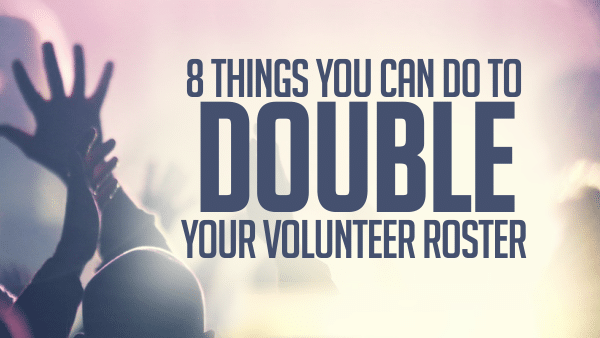
The Making Sunday Happen Podcast | Episode 033
The Best Way to Structure Your Volunteer Team
Listen to the Episode
Show Notes
Show Notes:
In this episode, I’m going to share with you, what I believe is the best way to structure your volunteer team. We’re going to talk Org Chart! My goal will be to show you a new approach for breaking your large team up into smaller teams to accomplish more and be very intentional about leading them.
Check out the notes and visual aids below to get a better picture of how to structure your volunteer team:
PRODUCTION STAFF:
NEW SERVE:
SERVICE FLOW:
VOLUNTEER CULTURE:
Additional Blog Posts on these topics :
- Why You Should Create an Organizational Chart for Your Production Team
- How to Provide Serving Opportunities Tours
- How to Provide a Production First Look
- How to Provide Consistent Training Opportunities for Your Production Team
- The Role of a Live Video Producer
- 8 Things that Will Make Your Production Headquarters an Awesome Hangout Space
- 8 Event Ideas for Your Production Team
- 4 Reasons Why You Should Have a Volunteer Pastor Position
Sharable Content:
I want you to have the resources you need to lead your volunteer team well. That’s why in nearly every episode of the podcast I like to provide you with downloadable, sharable content that you can take back and use as you lead your teams. This content is absolutely FREE of charge. You can take it, copy it, and distribute it to your team members. May God bless your ministry as you serve Him.
 Click Here to Download a FREE Show Outline of this Episode.
Click Here to Download a FREE Show Outline of this Episode.
 Download the FREE .PDF “The Best Way to Structure Your Volunteer Team”.
Download the FREE .PDF “The Best Way to Structure Your Volunteer Team”.
 Follow Carl Barnhill on Twitter: @CarlBarnhill
Follow Carl Barnhill on Twitter: @CarlBarnhill

About the Show
The Making Sunday Happen Podcast is the definitive podcast for those who plan, create and execute worship experiences all around the world. This is a legacy podcast where we interviewed hundreds of church leaders, pastors, authors, worship leaders, and church production staff.
See All Episodes







